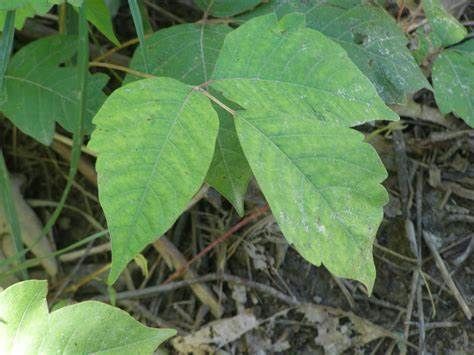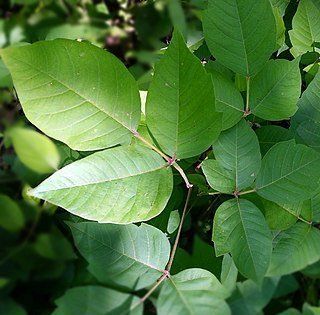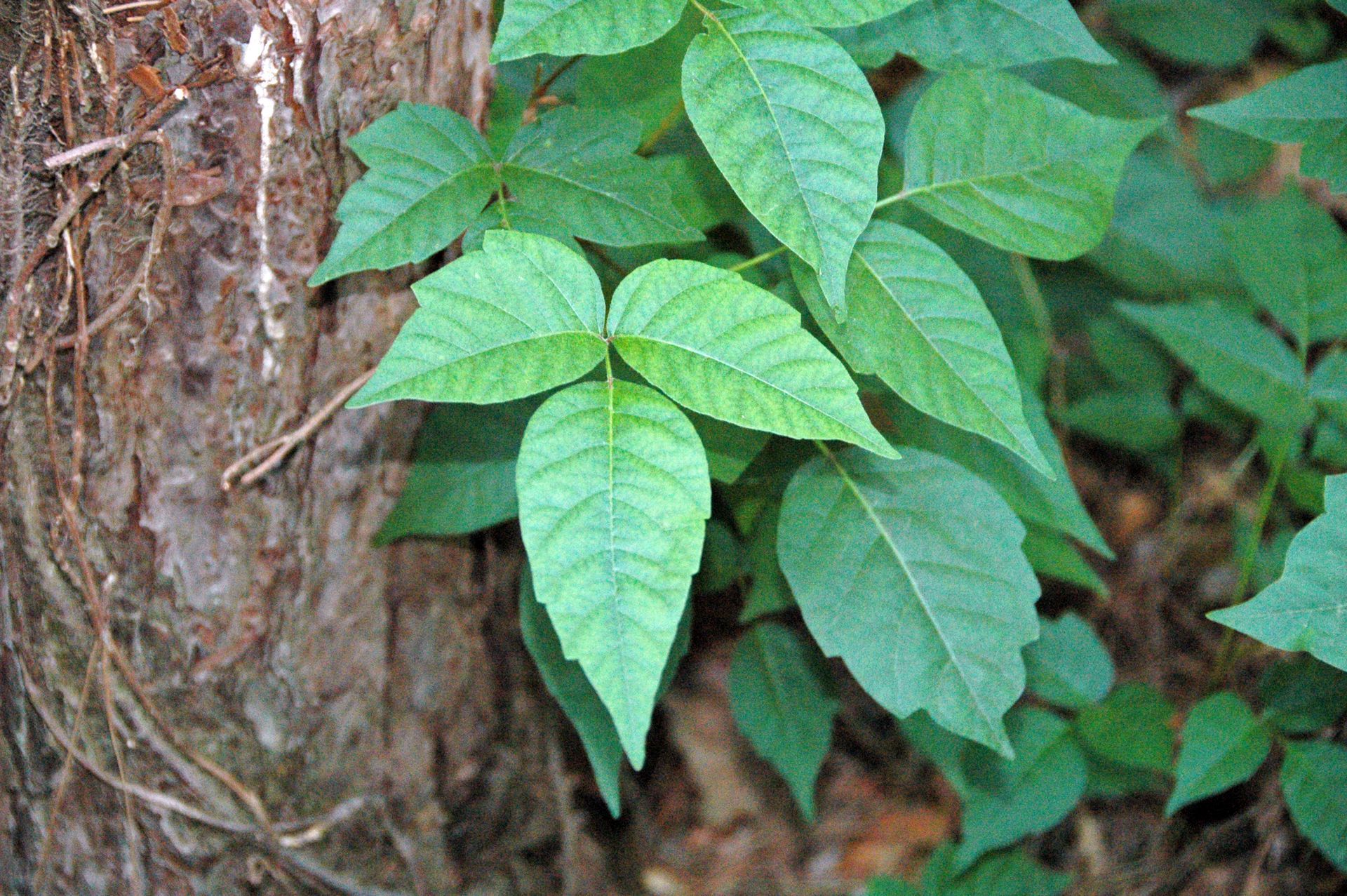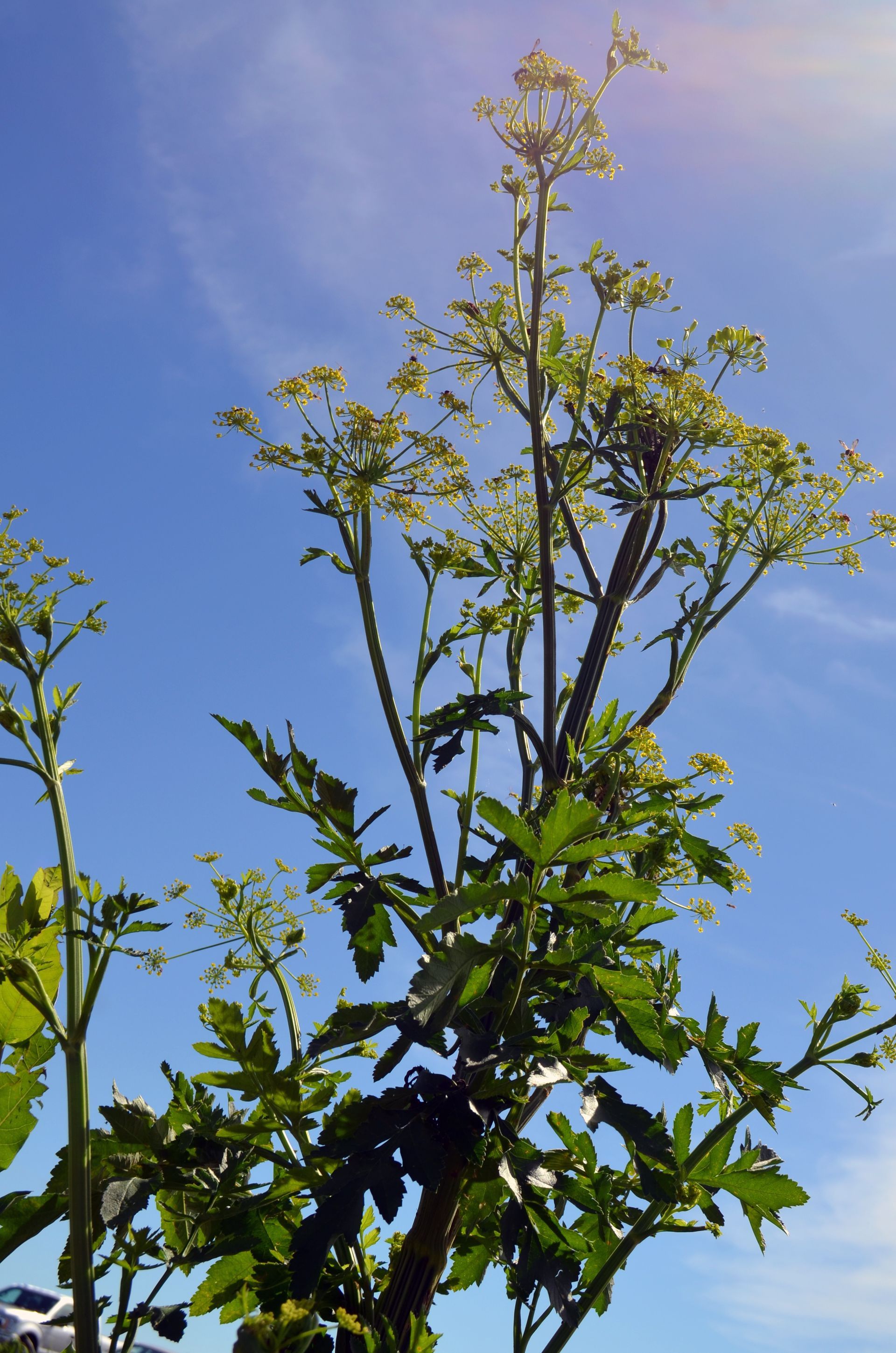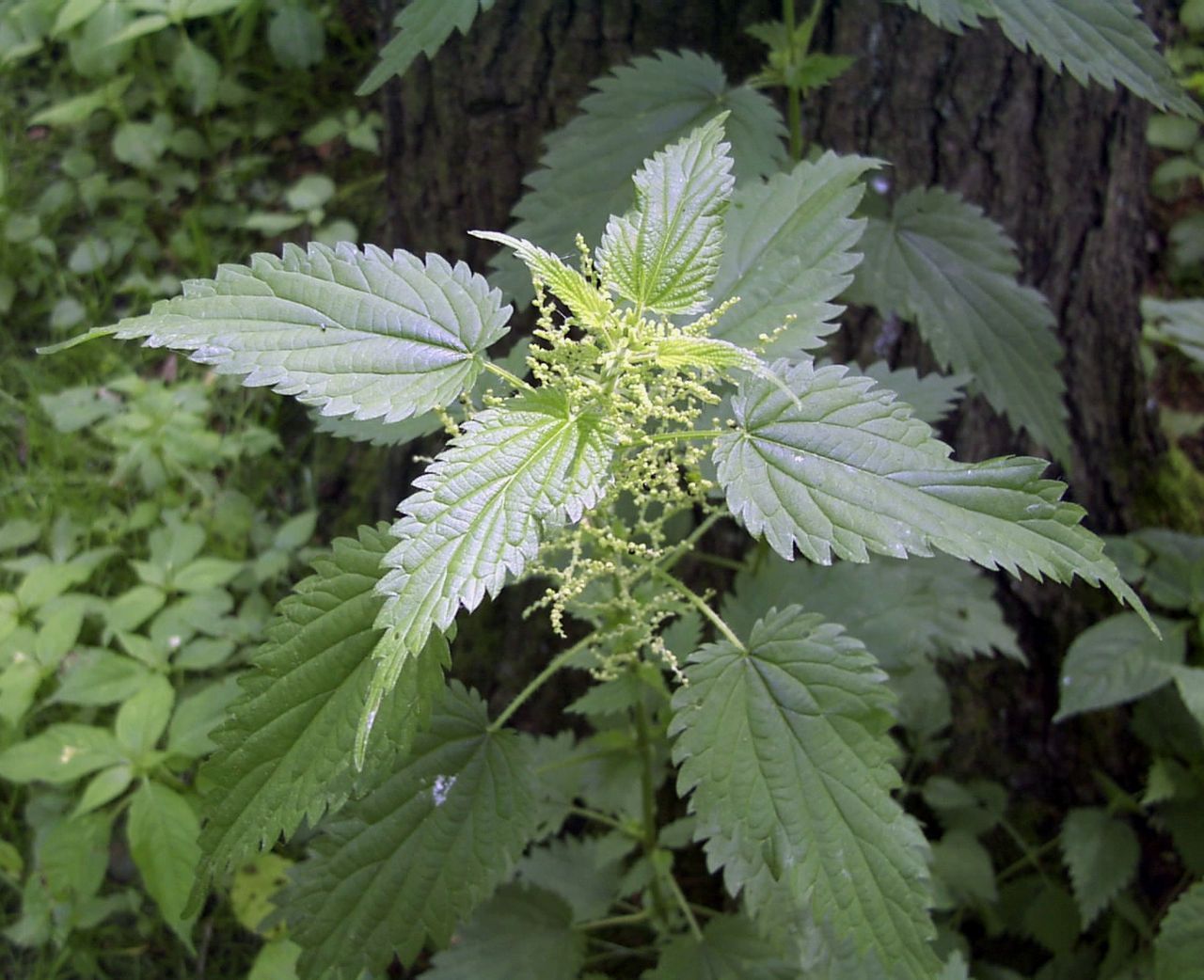PLANTS TO AVOID
AT SEVERSON DELLS
PLANTS TO AVOID AT SEVERSON DELLS
Wearing pants and long-sleeves is a good way to avoid coming into contact with plants that could cause skin irritation at Severson Dells Nature Center.
If you do come in contact with a poisonous plant, stop in at the nature center or wash with soap and water or Tecnu scrub as soon as possible after exposure.
POISON IVY
Toxicodendron radicans
Poison ivy exudes an oil called urushiol that can cause an itchy skin rash. It can remain active even on dead plants. An allergic reaction may occur with initial exposure or after several encounters. A rash may start within a few hours beginning with severe itching and streaks of redness/swelling, followed with fluid filled blisters. If you’ve been exposed, place the contact area under cold running water.
WILD PARSNIP
Pastinaca sativa
Wild parsnip causes phyto-photodermatitis: a chemical burn exacerbated by sunlight. Everyone is sensitive to wild parsnip on initial contact. Parsnip burns appear as streaks and long spots. Blisters form a day or two after sun exposure, then rupture before the skin starts to heal. Dark red/brownish “scars” can remain for years. The burning sensation can be soothed by covering the affected areas with a cool wet cloth. Delay blisters from rupturing as long as possible.
COW PARSNIP
Heracleum maximum
Similar to wild parsnip, cow parsnip causes a blistery rash. When cow parsnip sap comes in contact with skin, itchy blisters will develop if exposed to sunlight. These blisters can persist for months and may leave permanent scars. If exposed to cow parsnip sap, wash the effected area as soon as possible, and keep it covered and out of sunlight for the next few days.
STINGING NETTLES
Urtica sp.
Nettle stems and leaves are covered in hollow hairs that act like needles, injecting a small amount of irritant, when disturbed. Contact with nettles can cause an itching or burning sensation that may last for several hours, but it does not induce an allergic reaction in most people. Washing the effected area with soap and water or using a damp cloth can help ease the irritation.

